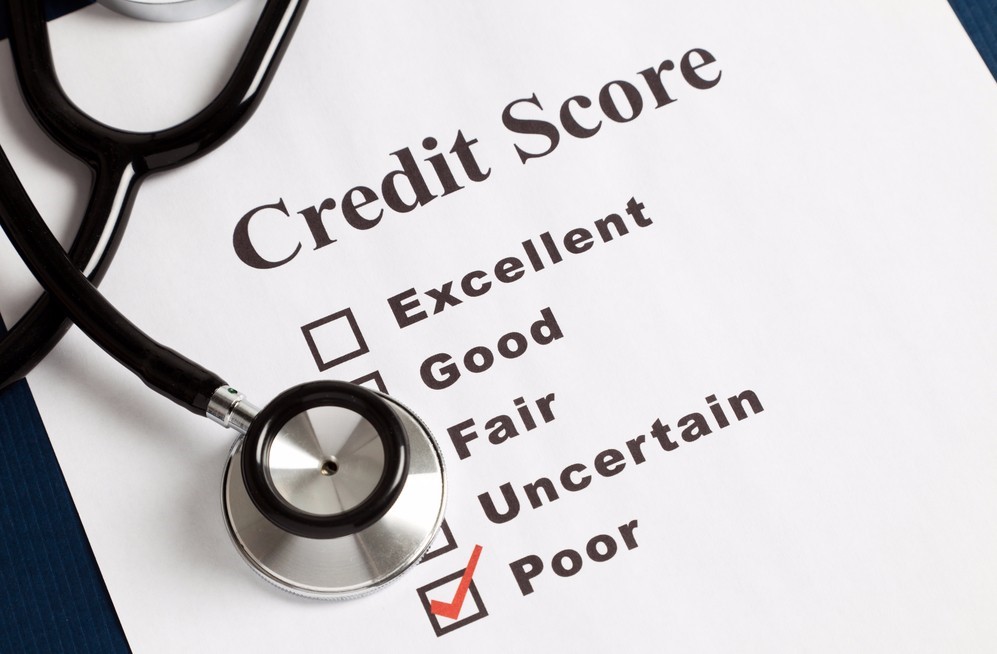We’ve all heard so much in recent years about “credit scores.” But, what are they and how are they used?
Your credit score is a three-digit number generated by a mathematical algorithm using information in your credit report. It’s designed to predict risk, specifically, the likelihood that you will become seriously delinquent on your credit obligations in the 24 months after scoring. There are a multitude of credit-scoring models in existence, but there’s one that dominates the market: The FICO credit score. FICO scores range from 300 to 850, where a higher number indicates a lower risk.
What goes into a credit score?
Data from your credit report goes into five major categories that make up a FICO score. The scoring model weighs some factors more heavily, such as payment history and debt owed.
The five categories include:
- Payment history: (35 percent) – Your account payment information, including any delinquencies and public records.
- Amounts owed: (30 percent) – How much you owe on your accounts. The amount of available credit you’re using on revolving accounts is heavily weighted.
- Length of credit history: (15 percent) – How long ago you opened accounts and time since account activity.
- Types of credit used: (10 percent) – The mix of accounts you have, such as revolving and installment.
- New credit: (10 percent) – Your pursuit of new credit, including credit inquiries and number of recently opened accounts.
Personal or demographic information, such as age, race, address, marital status, income, and employment don’t affect the score.

